Decorating your home can be a complicated task, whether you’re starting from scratch in a new space or refreshing an existing one. With so many decisions to make – from choosing furniture and accessories to selecting color schemes and lighting – it’s easy to get overwhelmed and unsure of where to start.
However, with a clear plan and a little bit of inspiration, creating a beautiful and functional living space can be an enjoyable and rewarding process. In this article, we’ll provide you with 15 first steps to creating a decorating plan that will help guide you through the process, from defining your goals to editing your final plan.
By following these steps, you’ll be able to create a decorating plan that suits your personal style and meets your living needs. You’ll learn how to evaluate and declutter your belongings, find inspiration, determine your style, and select a color scheme that enhances your living space. You’ll also discover how to choose the right furniture and accessories, lighting, and create a floor plan that optimizes your space.
Whether you’re a first-time decorator or an experienced design enthusiast, these steps will provide you with a comprehensive framework for creating a successful decorating plan. So let’s dive in and get started!
In This Post:
Keep a Journal of Ideas
Define Your Goals
Write Down Your Living Needs
Make a Priority List
Define Function of Each Room
Evaluate and Declutter Your Belongings
Find Inspiration
Determine Your Style
Select a Color Scheme
Decide on Your Budget
Choose Your Favorite Furniture and Accessories
Choose Lighting
Convert Your Journaling Ideas to a Mood Board
Create a Floor Plan
Edit
Conclusion
FAQs
Keep a Journal of Ideas
When embarking on a decorating project, it’s important to keep track of all your ideas and inspirations. One effective way to do this is by keeping a journal of ideas. This can be a physical notebook or a digital file where you can jot down notes, collect images, and brainstorm ideas.
Keeping a journal of ideas allows you to capture all your thoughts and inspirations in one place, making it easier to reference and build upon them later on. It also helps you stay organized and focused, as you can prioritize ideas and track your progress as you work towards your decorating goals.
As you gather ideas for your journal, don’t worry too much about how they fit together or whether they’re feasible at this stage. The goal is to capture all your inspirations and ideas, even if they seem unrelated or impractical at first. Over time, you can refine and narrow down your ideas to create a cohesive and achievable decorating plan.
Define Your Goals
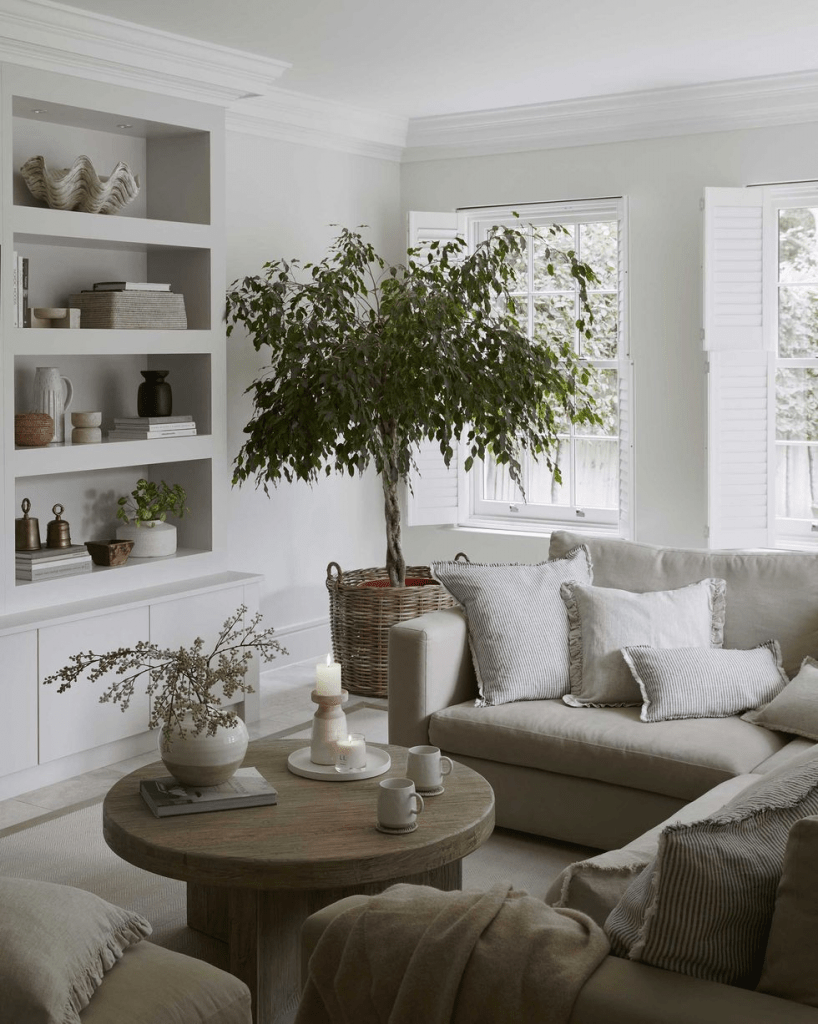
Once you’ve started your journal, the next step is to define your goals. When creating a decorating plan, it’s important to define your goals. What do you want to achieve with your space? Do you want to create a more welcoming and cozy atmosphere? Do you want to maximize the functionality of your space? Or do you want to create a more stylish and sophisticated look?
By defining your goals, you’ll have a clear vision of what you want to achieve and can make decisions accordingly. For example, if your goal is to create a cozy atmosphere, you may want to focus on warm colors, soft textures, and comfortable seating. If your goal is to maximize functionality, you may want to prioritize storage solutions and multi-functional furniture.
Defining your goals will also help you stay focused and avoid getting sidetracked by irrelevant ideas or trends. Keep your goals in mind as you make decisions about your decorating plan and refer back to them throughout the process to ensure that you stay on track.
Write Down Your Living Needs
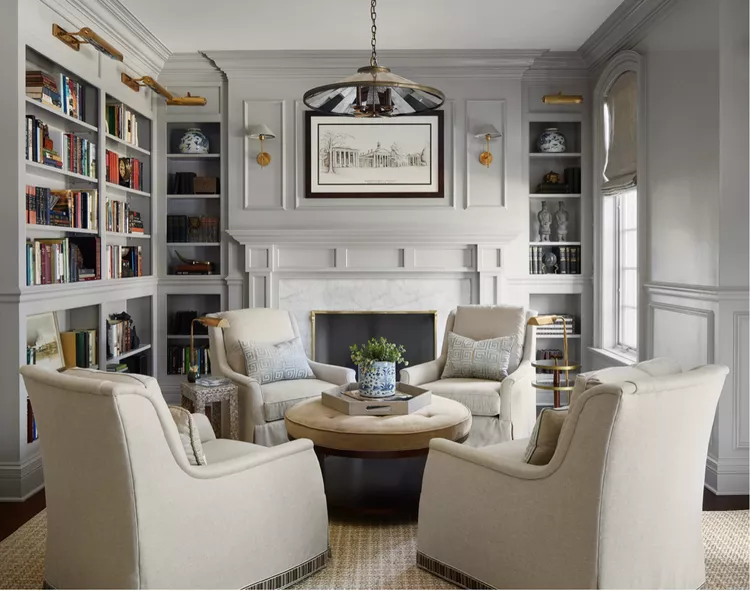
When creating a decorating plan, it’s important to start by writing down your living needs. This involves thinking about how you use each room in your home and what specific functions they serve.
For example, if you enjoy cooking and entertaining, your kitchen may be a high-priority space that needs to be both functional and stylish. If you work from home, your home office may need to be a dedicated workspace that promotes productivity and focus.
By identifying your specific living needs, you’ll be better equipped to create a decorating plan that meets those needs and enhances your daily life. It will also help you make decisions about furniture, decor, and other elements that will make your space more functional and comfortable.
Remember, your living needs will vary based on your lifestyle, personal preferences, and other factors. Take the time to think about what’s most important to you and prioritize those needs as you create your decorating plan.
Make a Priority List
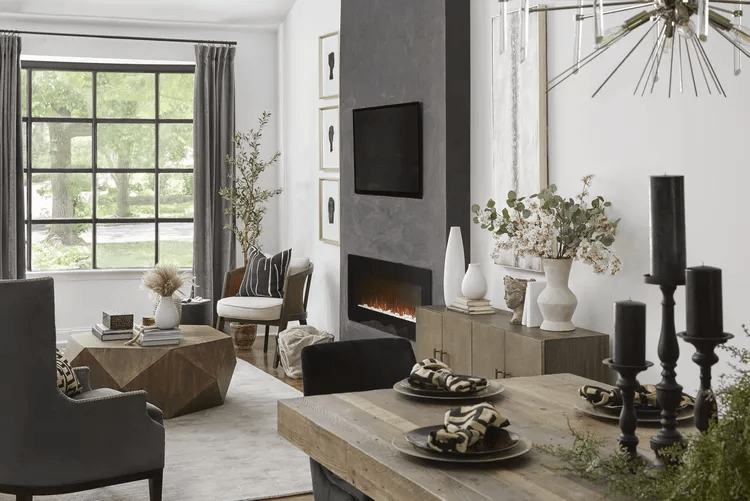
With your goals and living needs in mind, it’s time to make a priority list. Making a priority list is an important step in creating a decorating plan that is both functional and achievable. Start by listing out your must-haves for each room, such as a comfortable seating area or a dedicated workspace.
Once you’ve identified your priorities, you can then begin to think about how to incorporate them into your decorating plan. This might mean rearranging furniture to make better use of the space or investing in key pieces that will help you achieve your goals.
Remember, your priority list should be a reflection of your personal style and needs, rather than just following the latest design trends. By prioritizing what’s most important to you, you’ll create a space that truly serves your lifestyle and enhances your daily routine.
Define the Function of Each Room
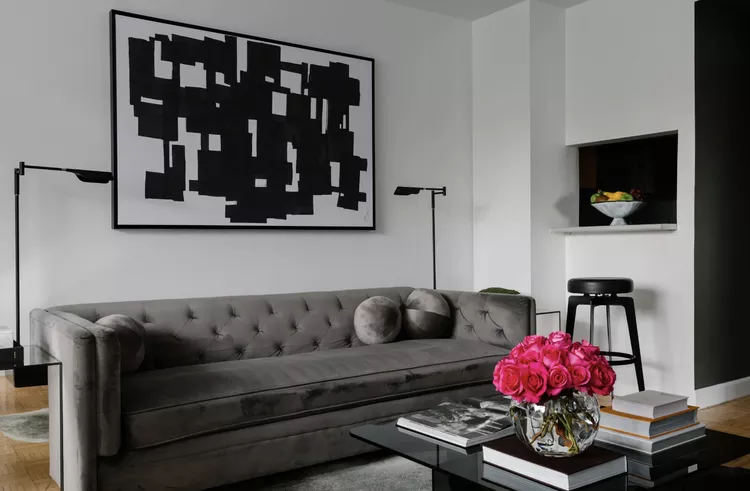
Defining the function of each room is a critical step in creating a decorating plan that meets your needs and suits your lifestyle. This involves determining how you use each space and what activities take place in each room.
For example, your living room may serve as a space for entertaining guests, while also being a place for relaxation and watching TV. Your bedroom, on the other hand, should be a peaceful sanctuary for rest and relaxation.
Once you’ve defined the function of each room, you can then begin to think about how to arrange furniture and accessories to best serve those functions. This might involve reconfiguring the layout of the room, investing in multifunctional furniture, or adding decorative touches that enhance the room’s purpose.
By defining the function of each room, you’ll create a more purposeful and efficient space that meets your needs and enhances your daily life.
Evaluate and Declutter Your Belongings
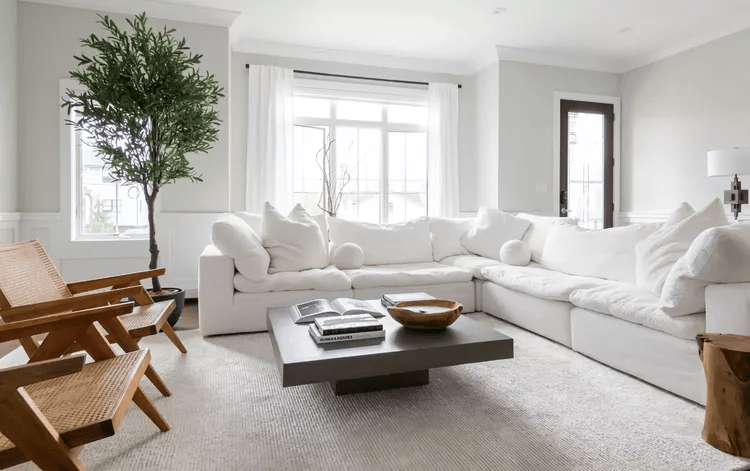
Before diving into the fun part of creating a decorating plan, it’s important to evaluate and declutter your belongings. This step is essential for creating a space that feels organized and functional.
Start by going through each room in your home and evaluating each item. Ask yourself if it’s something that you love or if it’s just taking up space. If it’s not something you love or use regularly, consider donating or selling it.
Once you’ve decluttered, take a step back and evaluate the space as a whole. Look for areas that feel cluttered or disorganized and consider ways to streamline and simplify the space. This might mean investing in storage solutions or finding creative ways to repurpose items you already have.
By taking the time to evaluate and declutter your belongings, you’ll create a more functional and streamlined space that serves your needs and allows your decorating plan to truly shine.
Find Inspiration
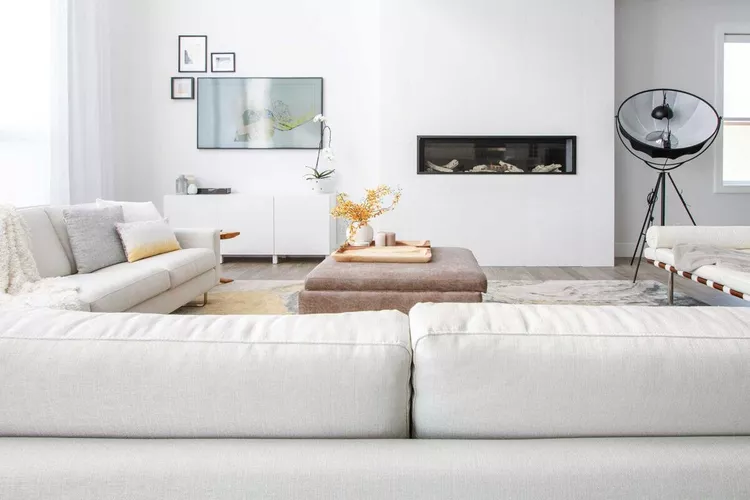
Finding inspiration is a crucial step in creating a decorating plan that truly reflects your personality and style. Inspiration can come from a variety of sources, including magazines, blogs, social media, and even nature.
One great way to find inspiration is to visit furniture stores or home decor showrooms to see different styles and layouts in person. This can help you to visualize how certain pieces and colors will look together in your space.
Another great way to find inspiration is to attend home decor and design shows or events. These events often feature the latest trends and designs, as well as expert advice and tips from professionals in the industry.
Lastly, don’t forget about the power of social media! Instagram and Pinterest are great platforms to follow designers, influencers, and brands that inspire you. You can also create boards on Pinterest to save ideas and inspiration for your decorating plan.
Overall, finding inspiration is a fun and exciting part of the decorating process. So, take your time and enjoy the journey as you discover new ideas and styles that speak to you.
Determine Your Style
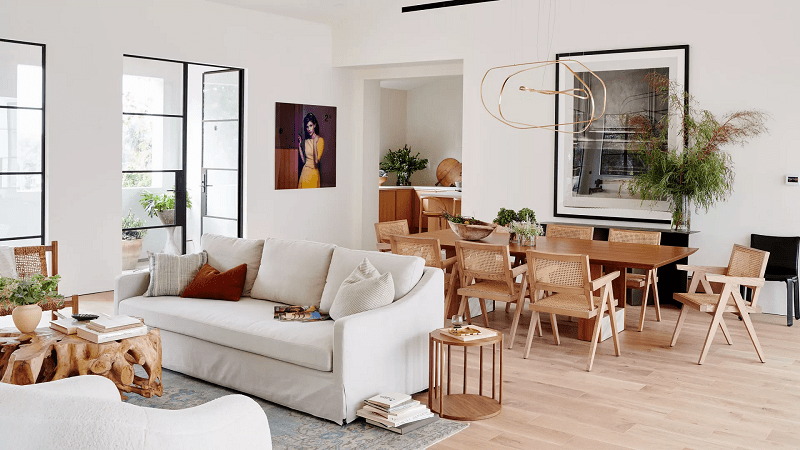
Determining your style is a crucial step in creating a decorating plan that truly reflects your personality and preferences. Start by considering your personal taste in fashion, art, and other areas of design. Do you prefer clean, modern lines, or are you drawn to more traditional, ornate styles?
Another great way to determine your style is to look for inspiration in magazines, online sources, or even your favorite TV shows or movies. Create a Pinterest board or save images of rooms that you love and take note of common elements like color palettes, furniture styles, and decor.
Remember that your style should be a reflection of you and what you love, so don’t be afraid to mix and match different elements or incorporate unique, personal touches into your decorating plan. The most important thing is that you create a space that feels authentic and true to your unique personality and preferences.
Select a Color Scheme
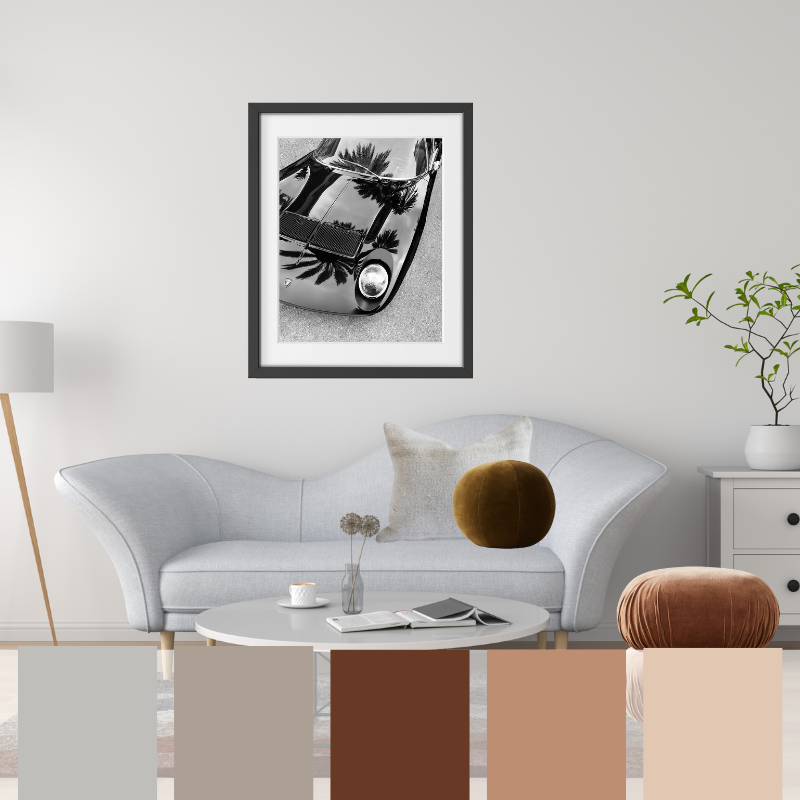
When selecting a color scheme for your home decor, it’s important to consider the overall mood you want to create. Warm colors like red, orange, and yellow can create a cozy and inviting atmosphere, while cool colors like blue and green can create a more calming and relaxing vibe.
You can also use neutrals like white, gray, and beige as a backdrop and add pops of color with accessories and accent walls. Don’t be afraid to experiment and mix different colors and patterns, but make sure they complement each other and create a cohesive look.
Decide on Your Budget
Before you start decorating your home, it’s important to decide on a budget. This will help you avoid overspending and ensure you stay within your financial means. Begin by making a list of all the items you need to purchase, and do some research to get an idea of how much they cost. Be realistic about what you can afford and prioritize your spending accordingly.
Consider investing in key pieces that you’ll use for years to come, like a quality sofa or a durable dining table. Don’t forget to factor in additional expenses like paint, decor accessories, and professional services if needed. Once you have a budget in mind, you can start shopping for items that fit within your price range and feel confident that you’re making wise financial decisions.
Choose Your Favorite Furniture and Accessories
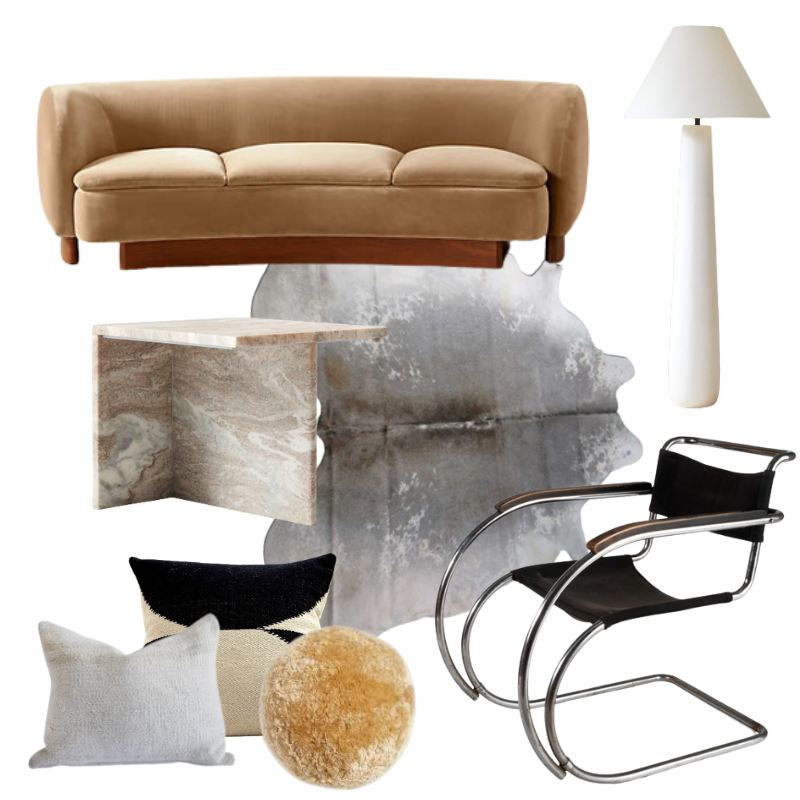
When it comes to choosing furniture and accessories for your home, it’s important to select items that reflect your personal style and taste. Start by making a list of the essential pieces you need for each room, such as a bed for the bedroom or a dining table for the dining room. Then, think about the look and feel you want to create in each space. Do you prefer a modern and minimalistic aesthetic, or do you gravitate towards a more traditional and ornate style? Browse online and visit furniture stores to get inspiration and see what styles appeal to you.
When it comes to accessories, consider adding items that will enhance the overall design of the room, like decorative throw pillows, rugs, and wall art. Don’t be afraid to mix and match different textures and patterns, as long as they complement each other and create a cohesive look. Remember, the key is to choose pieces that make you happy and create a comfortable and inviting atmosphere in your home.
Choose Lighting
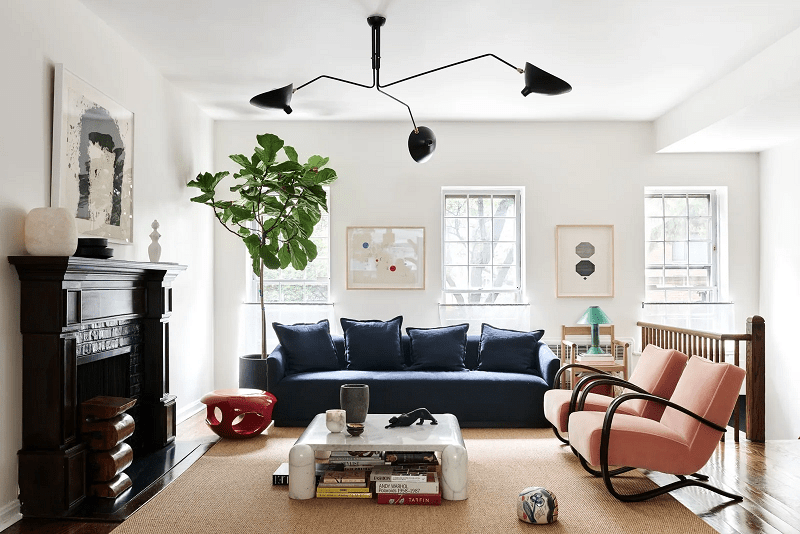
Choosing the right lighting for your home can make a big difference in the overall atmosphere and functionality of each room. Begin by thinking about the different tasks you’ll be doing in each space and the type of lighting that will work best. For example, a bright overhead light might be ideal for a workspace or kitchen, while a soft table lamp might be more appropriate for a cozy reading nook.
Consider layering different types of lighting to create depth and interest in each room. Ambient lighting provides overall illumination, while task lighting is more focused and can be used for specific activities like reading or cooking. Accent lighting can be used to highlight artwork or architectural features, and dimmer switches can help you adjust the lighting to suit your needs and mood.
When choosing light fixtures, consider the style and design of your space. A modern and sleek pendant light might work well in a contemporary living room, while a rustic chandelier might be a better fit for a farmhouse-style dining room. Don’t be afraid to mix and match different styles and finishes to create a unique and personalized look.
Convert Your Journaling Ideas to a Mood Board
Once you have a clear vision of your decorating goals, it’s helpful to create a mood board to bring your ideas to life. A mood board is a visual representation of your design aesthetic and can include everything from color swatches to fabric samples and inspiration photos. To create a mood board, start by gathering all of your journaling notes, inspiration images, and any other materials you’ve collected.
Organize these items onto a physical or digital board in a way that reflects the overall look and feel you want to achieve in your space. Use color swatches to create a cohesive color scheme, and include fabric samples to help you visualize how different textures and patterns will work together. Add inspiration photos to give you a sense of the overall style and mood you want to create.
Creating a mood board is a great way to see how all the elements of your design plan will work together before you start making any big purchases. It can also be a helpful tool to share with designers or contractors to ensure everyone is on the same page and working towards the same vision.
Create a Floor Plan
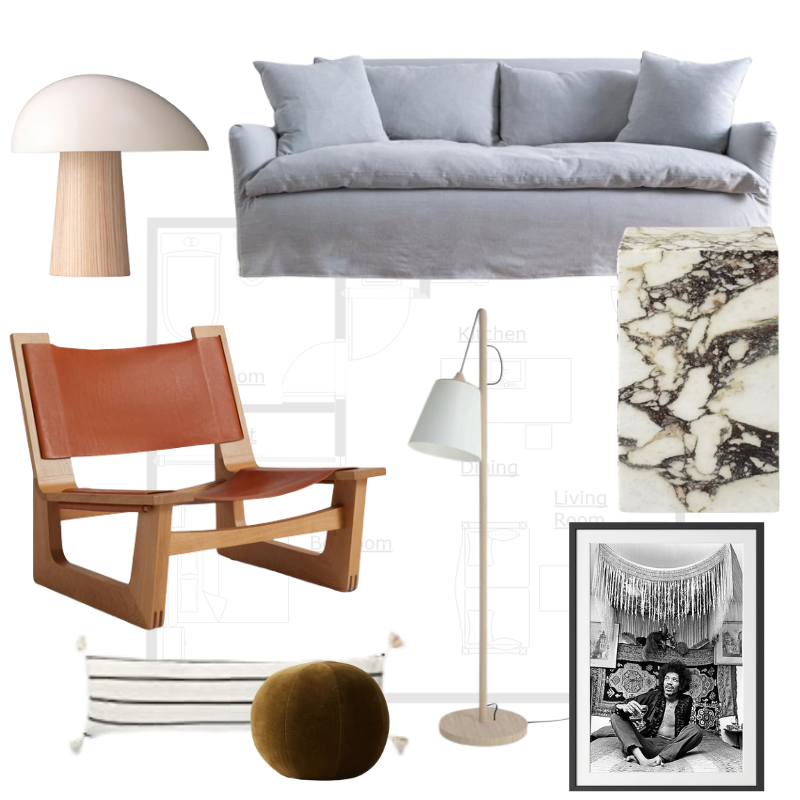
Creating a floor plan is an essential step in designing your space. A floor plan is a scaled diagram of your room that shows the placement of furniture and other elements. It helps you to visualize how the space will flow and ensure that there is enough room for everything you want to include.
To create a floor plan, start by measuring the room’s dimensions and sketching them out on graph paper or using an online tool. Next, decide on the placement of large furniture items like sofas, beds, and dining tables. Make sure to leave enough space around each item for comfortable movement and consider the placement of windows and doors when arranging your furniture.
Once you have your larger pieces in place, fill in the rest of the room with smaller items like side tables, accent chairs, and decor. Consider the function of each area and the flow of the room, making sure that there is a clear pathway throughout the space.
Creating a floor plan can be a fun and creative process, and it’s a great way to experiment with different furniture arrangements and design ideas before making any permanent changes to your space.
Edit, Edit, and Edit
After you’ve created your floor plan and mood board, it’s time to step back and evaluate your plan as a whole. Take some time to review your notes and make sure that you’re happy with your design choices.
Look for any areas where your plan may be lacking or where changes could be made to improve the overall look and feel of the space. Consider things like lighting, flow, and functionality, and make adjustments as needed.
It’s also a good idea to get a second opinion from someone you trust, whether it’s a friend or a professional designer. They may be able to offer valuable insight and help you to see things from a different perspective.
Once you’ve made any necessary changes, you’re ready to start bringing your decorating plan to life! Remember, the most important thing is to have fun with the process and create a space that truly reflects your personal style and meets your needs.
In conclusion, creating a decorating plan can seem overwhelming at first, but by following these 15 first steps, you can break down the process into manageable tasks. By keeping a journal of ideas, defining your goals, and writing down your living needs, you can start to envision what you want your space to look and feel like. Making a priority list and defining the function of each room will help you to prioritize your design decisions.
Evaluating and decluttering your belongings will ensure that you are not bringing unnecessary items into your space, and finding inspiration will help you to hone in on your personal style. Selecting a color scheme, deciding on your budget, choosing your favorite furniture and accessories, and selecting lighting will all play a crucial role in creating a cohesive and inviting space.
Converting your journaling ideas to a mood board and creating a floor plan will help you to visualize how everything will come together. Finally, editing your plan will allow you to refine and perfect your design choices. By following these steps, you can create a decorating plan that will help you to achieve your dream home.
Most Popular Post:
10 Surprising Benefits of Printable Wall Art
15 Must-Have Accessories For Styling A Coffee Table
How to Choose the Perfect Interior Color Scheme for Your Home
Expert Guide On How To Buy A Rug For Each Room
FAQs
What is the importance of having a decorating plan?
A decorating plan helps you to stay organized and focused on your goals, while ensuring that all of the elements in your space work together harmoniously. It can also help you to save time and money by avoiding costly mistakes and minimizing the need for revisions.
How do I determine my decorating style?
One way to determine your decorating style is to look for inspiration in magazines, online platforms, or by visiting showrooms. Pay attention to what you like and dislike and try to identify common themes or elements. It can also be helpful to create a mood board or visual collage of your favorite styles and colors.
How do I choose the right lighting for my space?
When choosing lighting, consider the function of the space and the mood you want to create. Task lighting is essential for workspaces and areas where you need to focus, while ambient lighting can create a cozy and inviting atmosphere. Accent lighting can highlight artwork or architectural features, and dimmer switches can allow you to adjust the lighting to suit your needs.
What should I consider when selecting furniture and accessories?
When selecting furniture and accessories, consider the size and layout of your space, as well as your personal style and preferences. Look for pieces that are both functional and aesthetically pleasing, and be sure to choose high-quality items that will stand the test of time.
How do I create a mood board?
To create a mood board, start by gathering images, swatches, and samples that inspire you. Arrange these elements on a board or piece of paper in a way that reflects your vision for the space. You can also include notes or sketches to help you visualize how everything will come together.
CATCH THE LATEST IN HOME DECOR TRENDS: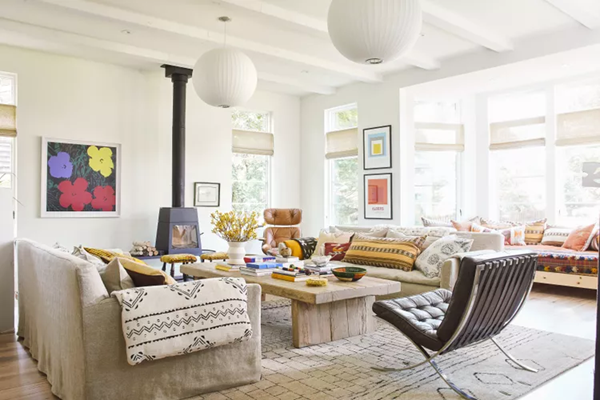
Steal These 15 Expert-Approved Decorating Secrets

How To Accessories Your Living Room
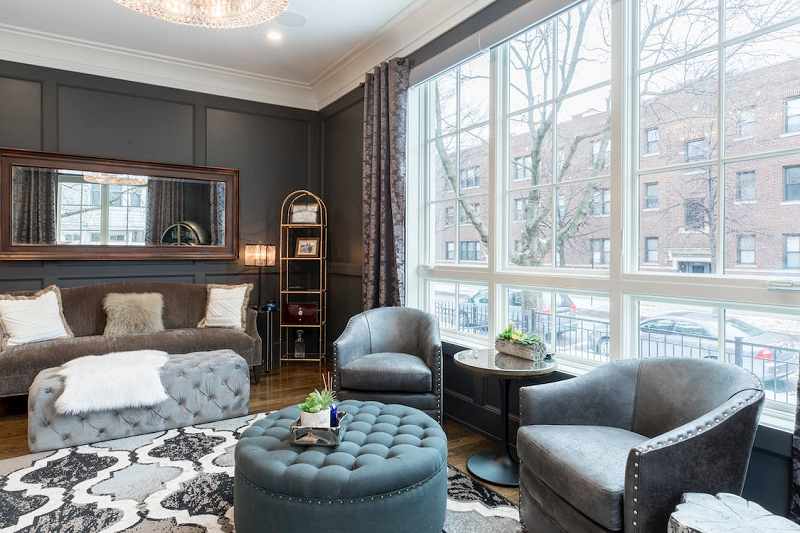
Small Space? 10 Ways To Make A Room Appear Bigger
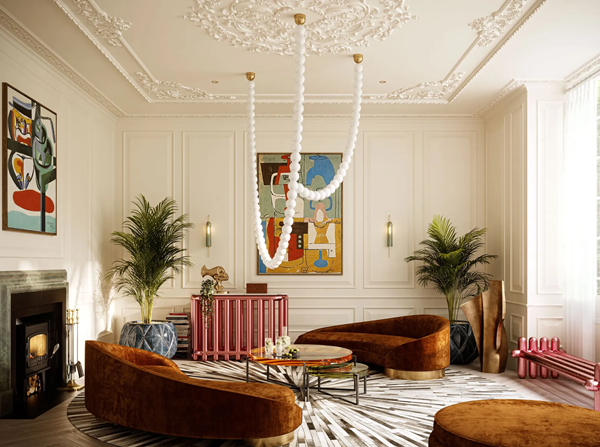
Make Your space Look Expensive
GET CAUGHT UP ON ALL THE INSPIRING DECOR TIPS: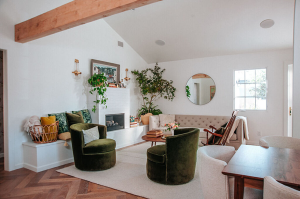
18 Fresh Decorating Ideas To Update Your Fireplace

How To Create An Art Gallery Wall

How To Decorate a Living Room With White Walls
